TOP

CHEF
HOW TO COOK LIKE A TOP CHEF


FOREWORD BY RICK BAYLESS
TEXT BY EMILY MILLER
PHOTOGRAPHS BY ANTONIS ACHILLEOS

Rick Bayless
Winner of Top Chef Masters, Season 1
I guess I am lucky. My childhood memories are a glorious grab bag of dicing, slicing, roasting, deep-frying, smoking, simmeringeverything that went on in the prep kitchen of my parents Oklahoma City barbecue restaurant in the 50s and 60s.
Some folks might think a professional kitchen is no place for a kid to grow up. I mean, think about it: 500-degree ovens, 375-degree oil, slippery floors, an arsenal of knives dangling through wooden slots on the side of a prep table, just about level with a five-year-olds head. But for me, that kitchen was a wonderland, and all the cooks knew thats how I felt. So they took that little boy into their fold. They taught me what every good cookand Top Chefhas to master: a respect for the tools of the trade. A respect that allows one to utilize those tools to their greatest potential, with intimate understanding and without fear.
Thats how I learned to roast some meats at high temperatures, smoke others at low ones, fearlessly reach a short pair of tongs into boiling oil to retrieve a golden this or that, dice a gallon of celery in a matter of moments, scrub a burnt pot until no trace of waywardness remains all essential techniques learned so long ago they now seem more akin to intuition than a curriculum I once had to master by sheer repetition.
Smack-dab in the middle of those years, Julia Child started making her famous French Chef cooking shows for public tele-visionand my world changed. She revealed to me techniques and flavors and preparations that transcended the repertory of my familys restaurant. She introduced me to all kinds of equipment and remarkable things to do with a chicken or a piece of pie crust. No longer could I satisfy my nearly unquenchable kitchen thirst solely at the Hickory House on Oklahoma Citys southwest side. But this time I didnt have a bunch of professional cooks to show me the intricacies and finesse of the new techniques I wanted to masteronly a single cookbook and a once-a-week TV show.
Now, unless your family has its own Julia, chances are youre living with a cookbooks-and-TV culinary education, too. This neednt be a discouragement, as long as you dont mind spending enough time in the kitchen for those techniques to migrate from the brain to the fingers: to become second nature. Im sure thats what Jacques Ppin, the French technique master widely known from his television shows and books, was getting at when, as a budding young chef, I asked him where I should go for culinary education. Without a word, he pointed at the stove in the small kitchen where Id prepared his lunch.
Nothing beats practice, especially when television and the Internet can provide masterful demonstrations at the click of a button. Practice, plus a mind thats open and adventurous. After growing up in a meat-centric barbecue restaurant, I immersed myself in Julias French kitchen, and then later fell head over heels in love with a plate of chicken molewhich led to my learning a brand-new set of techniques.
Thats when the lightbulb went off: techniques are all we cooks have for transforming beautiful ingredients into seductive, thrilling, memorable flavors and textures. If recipes are the sheet music of our kitchens, then mastered techniques are our way of making them sing.
Funny thing is, you can discover amazing techniques in the most unlikely places. I learned to make Mexicos most complex sauce, Oaxacan black mole, from an old woman cooking in clay pots over an open fire, at a little ranch in the middle of nowhere. Still, it took me ten years to master what she showed me in a single afternoonto be able to create a flavor that captured hearts like hers did. I dont know why it took me so long to figure out that the point of great technique isnt just refinement or intricacy or dazzle. Its incredible flavor. Well, incredible flavor and haunting texture; in my mind, theyre intertwined. Both taste and texture can take you to new and unexpected levels of pleasure and appreciation.
Being a great chef or a Top Chef isnt necessarily about this-or-that culinary schoolalthough I am a staunch believer in young chefs going to school to learn the language and essential techniques of the professional kitchen. A great chef is born from dedication to searching out awe-inspiring tastes and textures, then putting in the hours to master the techniques that created them.
I leave you aspiring Top Chefs with two recommendations: first, become friends with fire. From scarcely perceivable to aggressive, the right heateven when right means intenseis one of the most important techniques youll ever master. And second, dedicate yourself to your knives. Keeping them razor-sharp is essential to ease, accomplishment, and, of course, safety (since dull knives account for far more kitchen accidents than sharp ones).
Wait, theres a third: trust your taste buds. Thats whatll get you furthest as you strive for Top Chef-dom.

Want to learn how to make Stefans Roasted Duck or Hubert Kellers Mac and Cheese (with or without a dorm shower)? Are you curious about how Jennifer C. prepares her mussels, or what goes into Rick Baylesss guacamoles? How to Cook like a Top Chef not only gives you the recipes, it also teaches you the fundamental techniques that make these dishes work.
How to Cook like a Top Chef takes a deeper look at the skills and techniques behind the dishes made in the Top Chef kitchen. It provides a road map, a distillation of tips, tricks, and insider knowledge that will make you a better and smarter cook. Its the ultimate Top Chef bible. In these pages, Jamie walks us through her process for perfectly searing scallops; Fabio gives us step-by-step tips for turning out fabulous fresh pasta; and Kevin shares his passion for pork.
Top Chef is a reality TV show, a cooking competition that entertains us and keeps us glued to the edge of our seats. Who will create a culinary masterpiece and win over the judges? Who will have a meltdown and end up in tears before the hour is through?
In between the drama and the tension, we are watching something very exciting taking place: seasoned professionals and talented rookies performing at the top of their game. Top Chef has given us the opportunity to go deep into the kitchen and watch how chefs really work. Okay, maybe most chefs dont create their menu by rolling dice or prepare fine food over a faulty hot plate in their living room, but real chefs have to think on their feet. No matter the circumstances or behind-the-scenes disasters, diners expect them to turn out extraordinary food, using all their technical skill, creativity, and culinary know-how.
Every season, a group of fresh new cheftestants arrives at the Top Chef kitchen, whites ironed, knives sharpened, ready to do battle. Season 6 in Las Vegas began with the famed Mise-en-Place Relay Race Quickfire Challenge, which set the tone for some very stiff competition. This was a not-so-subtle reminder: it doesnt matter who youve worked for, what your diploma says, or how vast your tattoo galleryif you dont have your core skills up to snuff, youre not going to make it here.



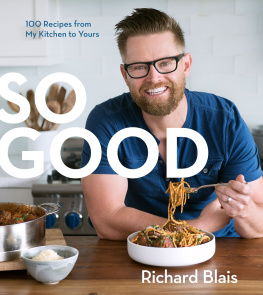
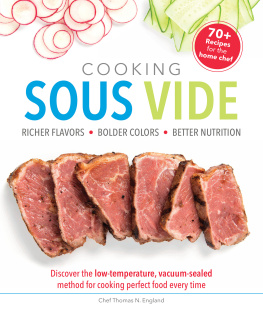
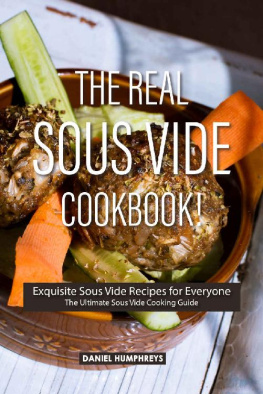
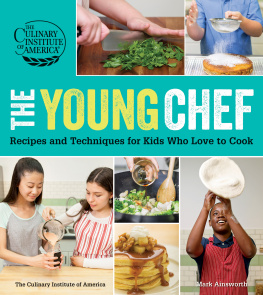
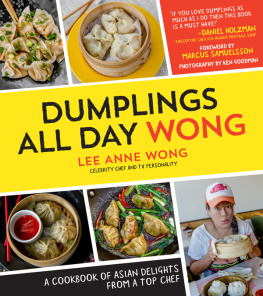


 CHEF
CHEF


